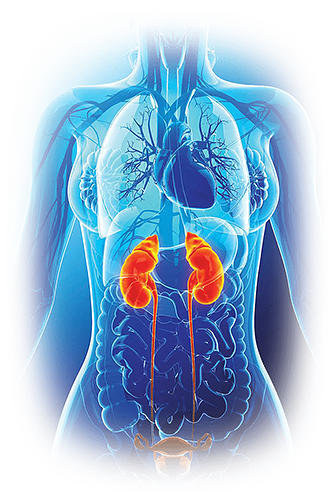Login
For Clinician Providers
For Clinician Providers
For Patients
Flu Season Hits Epidemic Levels
Diagnostic testing is an important line of defense
It’s awfully tempting to hide out indoors as the number of seasonal flu cases reaches epidemic levels. The Centers for Disease Control and Prevention (CDC) recently reported that influenza is now considered an epidemic in the U.S., with most states (including Texas) classified as having widespread illness. February tends to be peak flu season, so we expect to see a continued rise in numbers in the near term. For the season so far, there have been 20.3 hospitalizations related to the flu per 100,000 people in the country.1
For the latest stats, and to view your state’s numbers, see the CDC page. The CDC report includes some interesting information from clinical labs around the country. The vast majority of cases tested have been identified as influenza A (H3), but there have also been more than 300 cases each of influenza A(H1N1)pdm09, influenza B (Victoria lineage), and influenza B (Yamagata lineage). There were another 200 cases each for influenza A and influenza B where subtyping was not reported. In the region covering Alaska, Idaho, Oregon, and Washington, a surprising 26.2% of all respiratory specimens sent to clinical labs were positive for influenza. In most regions, that fraction is between 13% and 17%.
Molecular Testing
While molecular testing is not needed for all patients with suspected influenza, it is useful to identify the cause of respiratory outbreaks in institutions, and for hospitalized patients where a positive test result would result in a change in clinical management. Molecular testing is increasingly being used in clinical settings, and the CDC offers clinical guidance when it comes to the use of molecular assays for the diagnosis of the influenza virus.
We’re proud to offer the clinical community flexible solutions for respiratory testing—including both syndromic panels and targeted tests—to fit varying lab needs. If you’re considering test options for your laboratory, check out the following publications:
Performance evaluation of a rapid molecular diagnostic, MultiCode-based, sample-to-answer assay for the simultaneous detection of Influenza A, B, and respiratory syncytial viruses
Clinical Evaluation of the Luminex NxTAG Respiratory Pathogen Panel
Comparison of Three Multiplex Platforms for the Detection of Respiratory Tract Viruses
Source:
https://www.luminexcorp.com/blog/2017/03/09/flu-season-hits-epidemic-levels/



